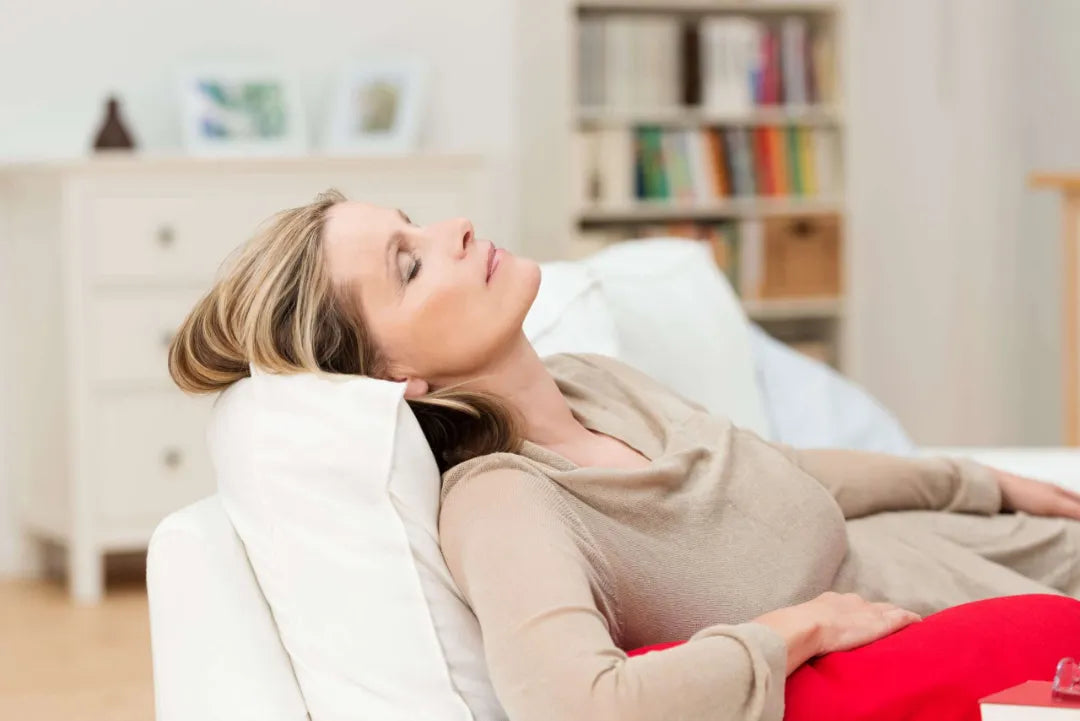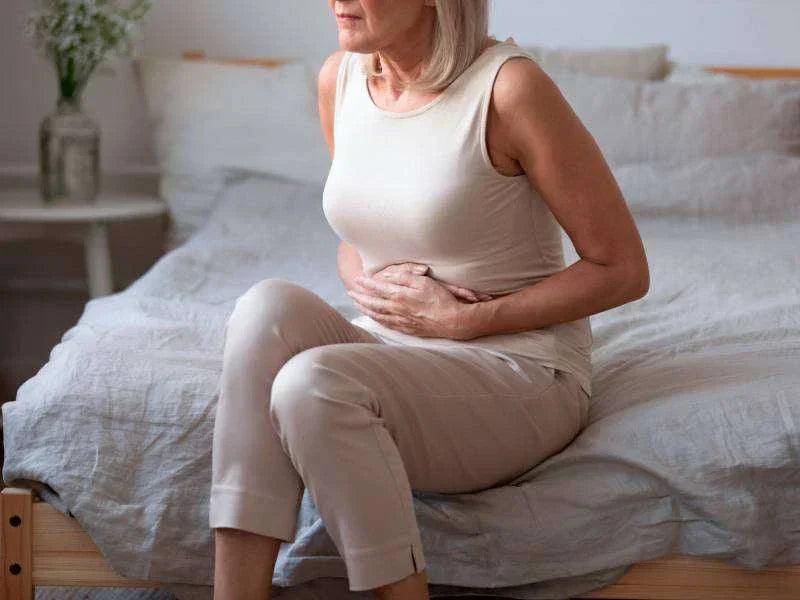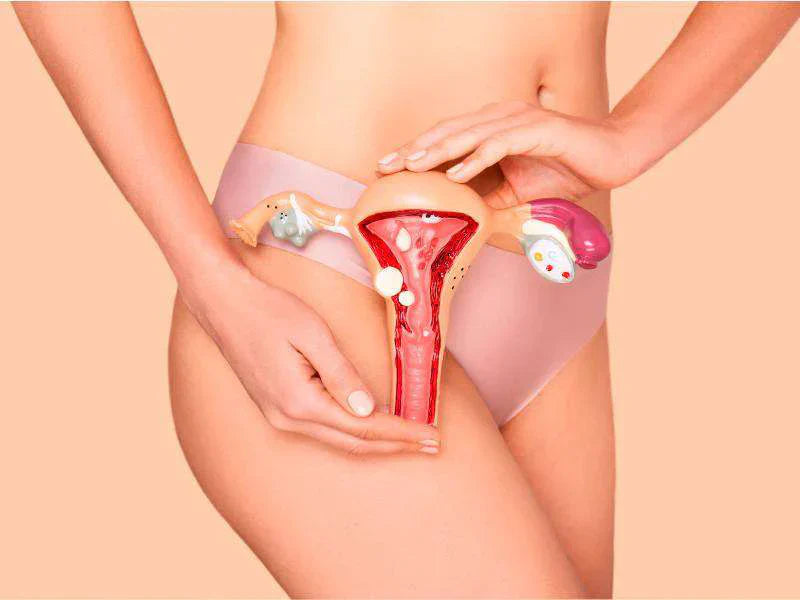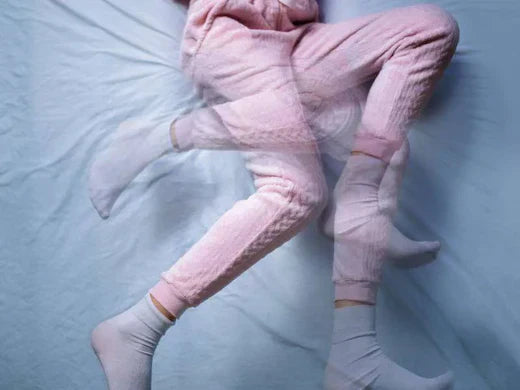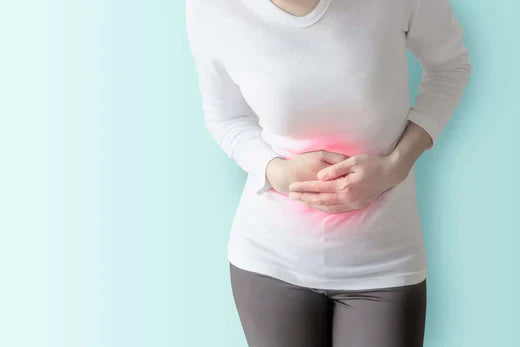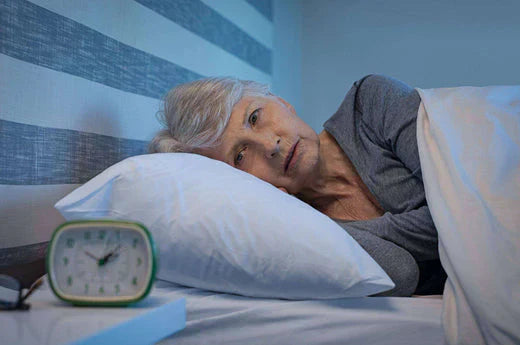Hot flushes are one of the most common characteristics of menopause. These manifest as a sudden feeling of heat and anxiety; they cause the blood flow in the face, neck, and chest to increase, producing sweating and redness (Callejo, 2019; NIA, 2017). These are uncomfortable and can last for several years. And for up to 20% of women, they persist for more than five years (Callejas, 2019).
Why do hot flushes occur?
They occur because there is a change in hormone levels before, during and after menopause. When oestrogen levels drop, the hypothalamus (the body's thermostat) becomes more sensitive to small changes in body temperature. So, when the hypothalamus detects that the body is too hot, it produces hot flushes as a way of cooling the body (Mayo Clinic, 2021).
What are the signs and symptoms of hot flushes?
The most common signs and symptoms, which can occur at any time of the day or night, include (Mayo Clinic, 2021):
- Sudden sensation of warmth that spreads across the chest, neck, and face.
- Red, blotchy skin.
- Acceleration of the heart rate.
- Sweating, especially in the upper body.
- Shivering sensation once the hot flush begins to subside.
- Anxiety and fatigue.
Some women may also suffer from restless legs syndrome, which is characterised by a feeling of discomfort in the legs that is only relieved by moving them. It may be experienced more intensely at night (Breast Cancer, 2017a).

How are hot flushes treated?
The most effective treatment to relieve your symptoms is to take oestrogen. However, this carries risks. Your doctor must determine if oestrogen is right for you, and if you can start taking it before age 60 (Mayo Clinic, 2021). Other medications, such as antidepressants and anticonvulsants, can also help control them. However, these tend to be less effective than hormones (Mayo Clinic, 2021). Above all, you should always consult your doctor to learn the advantages and disadvantages of different treatments. These symptoms are completely normal in menopause. If they are not preventing you from leading a normal life, you probably do not need to follow any treatment (Mayo Clinic, 2021). The important thing to know is that they progressively decrease in most cases, even without treatment (Mayo Clinic, 2021). However, before thinking about treatment, you should try to make some changes in your lifestyle. Doctors recommend (Callejo, 2019):
- Keeping rooms well ventilated.
- Avoiding sudden changes in temperature.
- Dressing in several layers.
- Exercising.
- Eating a Mediterranean diet.
- Avoiding drinking alcohol, consuming caffeine, hot or spicy food, and smoking.
In addition, specialists suggest making these changes at least 3 months before starting to take any type of treatment (NIA, 2017). In many women, practicing breathing and relaxation techniques such as yoga can help alleviate their frequency and intensity (Breast Cancer, 2017b). Menopause is a natural stage of life and although many of the symptoms are frustrating they are very common. Taking small steps above can help to reduce the impact hot flushes have on your life. Want to learn more? Read our what is menopause And how long does menopause last blogs.
References
- Breast Cancer. (2017a). Problemas para dormir durante la menopausia. https://www.breastcancer.org/es/consejos/menopausica/tratar/problemas-dormir
- Breast Cancer. (2017b). Relajación y reducción del estrés para aliviar los bochornos. https://www.breastcancer.org/es/consejos/menopausica/tratar/bochornos/sobrellevar/relajacion
- Callejo, A. (2019). Origen de los sofocos en la menopausia y cómo aliviarlos. Cuídate Plus. https://cuidateplus.marca.com/sexualidad/femenina/2019/07/19/origen-sofocos-menopausia-como-aliviarlos-170695.html
- Mayo Clinic. (2021). Sofocos. https://www.mayoclinic.org/es-es/diseases-conditions/hot-flushes/symptoms-causes/syc-20352790
-
National Institute on Aging
. (2017). Calores súbitos (sofocos): ¿Qué puedo hacer? https://www.nia.nih.gov/espanol/calores-subitos-sofocos-puedo-hacer
You May Also Like

JOIN US AND GET 10% OFF
Sign up to our newsletter to access free resources, advice and support.



